On-Page SEO
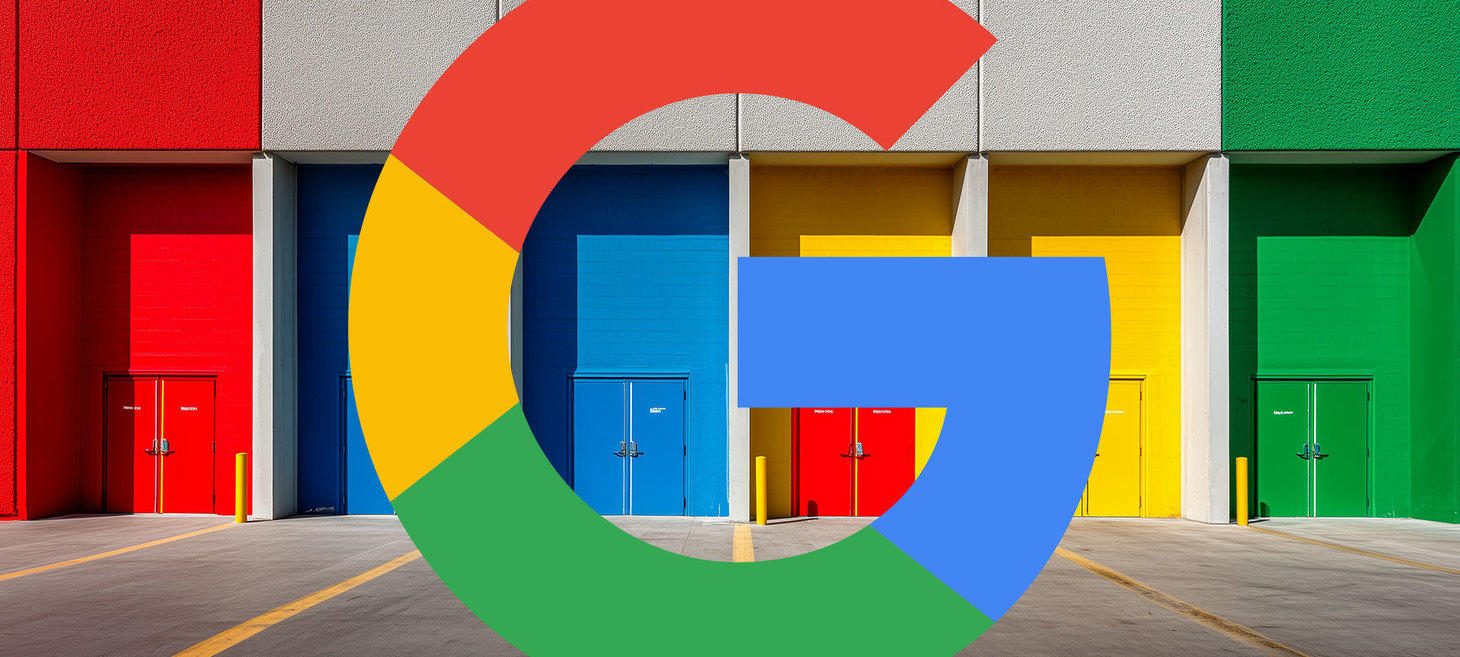
Google adds loyalty programs support to organization structured data
Some retailers and brands offer annual membership, where members get special loyalty and membership pricing. Those prices may not be displayed on the retailers website until you login with your member account. Google is now offering new structured data support under the organization schema to specify this special loyalty pricing within Google Search.

Factors To Consider When Implementing Schema Markup At Scale
Organizations adopting schema markup at scale often see a boost in non-branded search queries, signaling broader topic authority and improved discoverability.
Let’s explore the four key factors to consider when implementing schema markup at scale.
Technical SEO

Interaction To Next Paint: 9 Content Management Systems Ranked
Interaction to Next Paint (INP) is a meaningful Core Web Vitals metric because it represents how quickly a web page responds to user input. It is so important that the HTTPArchive has a comparison of INP across content management systems. The following are the top content management systems ranked by Interaction to Next Paint.
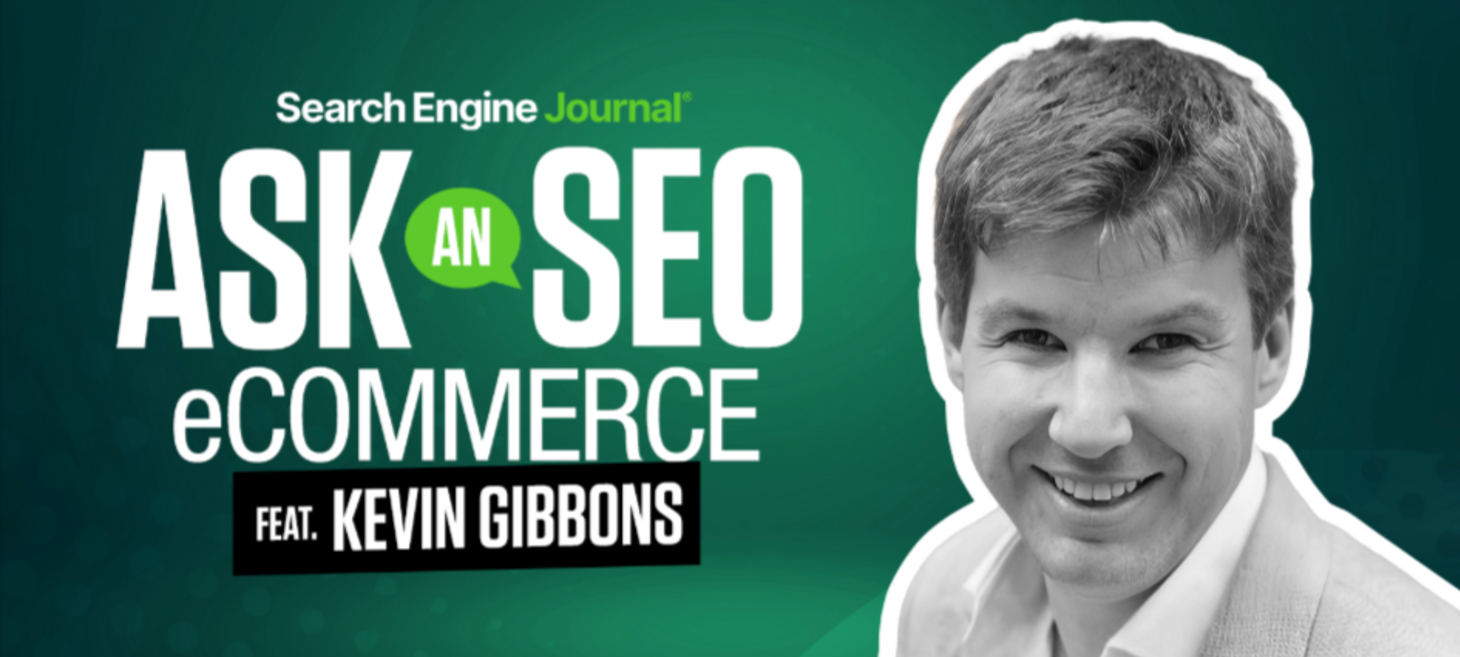
Ask An SEO: How To Implement Faceted Navigation Without Hurting Crawl Efficiency
This week’s question tackles the potential SEO fallouts when implementing faceted navigation:
“How can ecommerce sites implement SEO-friendly faceted navigation without hurting crawl efficiency or creating index bloat?”
Faceted navigation is a game-changer for user experience (UX) on large ecommerce sites. It helps users quickly narrow down what they’re looking for, whether it’s a size 8 pair of red road running trainers for women, or a blue, waterproof winter hiking jacket for men.
For your customers, faceted navigation makes huge inventories feel manageable and, when done right, enhances both UX and SEO.
However, when these facets create a new URL for every possible filter combination, they can lead to significant SEO issues that harm your rankings, and waste valuable crawl budget if not managed properly.
Off-Page SEO
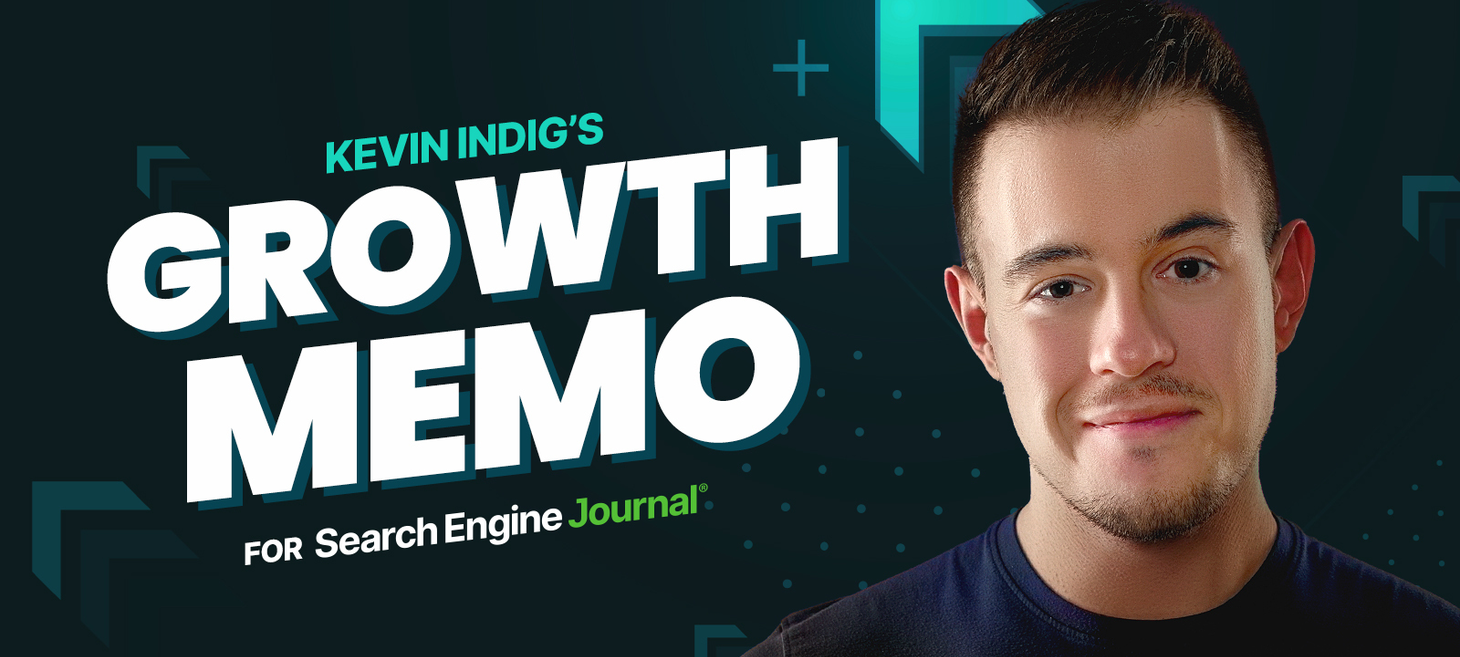
How AI Really Weighs Your Links (Analysis Of 35,000 Datapoints)
Historically, backlinks have always been one of the most reliable currencies of visibility in search results.
We know links matter for visibility in AI-based search, but how they work inside LLMs – including AI Overviews, Gemini, or ChatGPT & Co.- is still somewhat of a black box.
The rise of AI search models changes the rules of organic visibility and the competition for share of voice in LLM results.
So the question is, do backlinks still earn visibility in AI-based modalities of search… and if so, which ones?
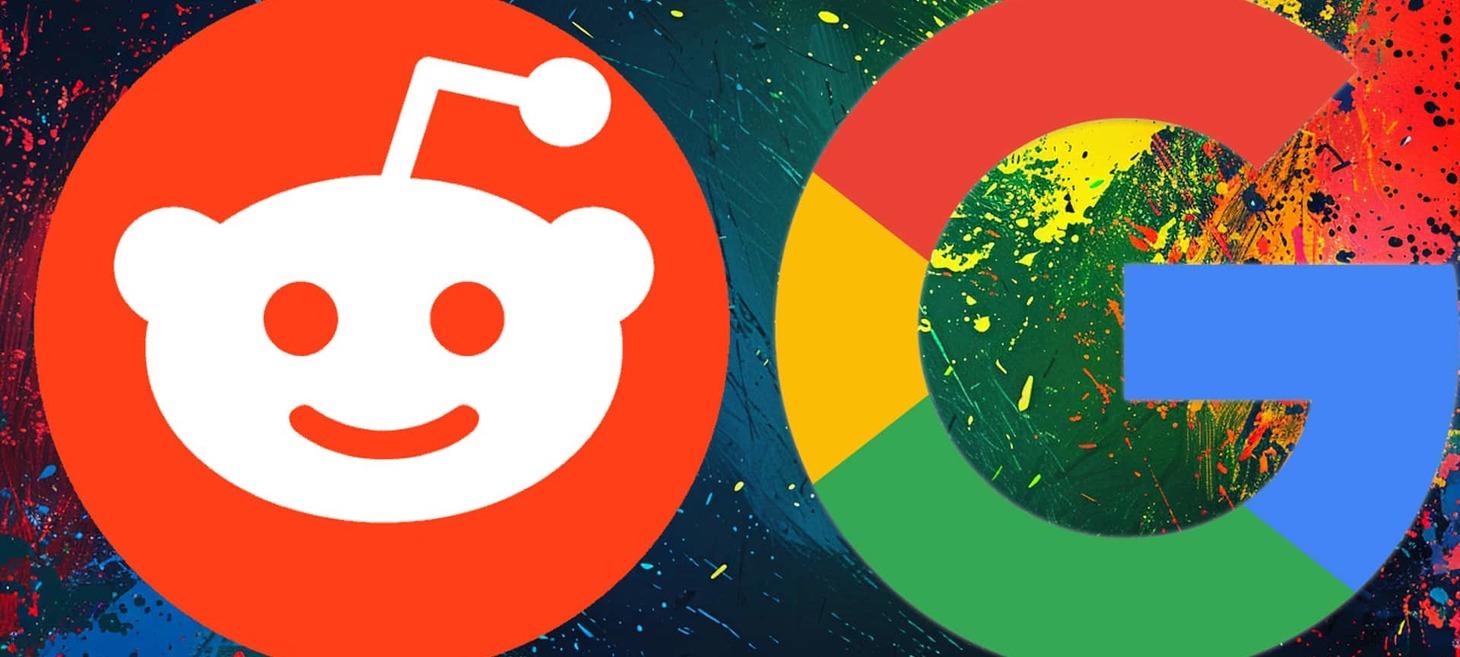
Reddit, Google in talks to deepen AI partnership: Report
Reddit and Google are discussing a new partnership that would weave Reddit content more directly into Google’s AI products, Bloomberg reported.
Ecommerce SEO
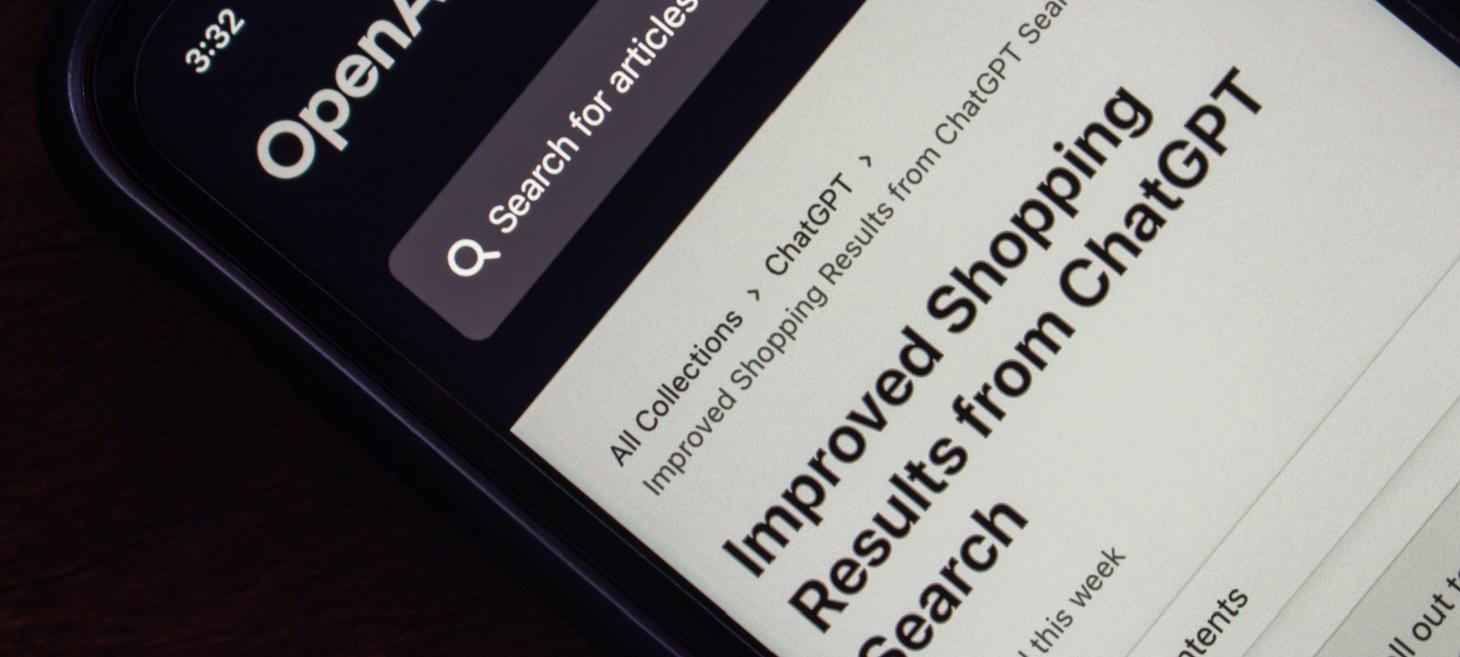
ChatGPT Shopping is here – and it’s changing ecommerce SEO rules
AI-powered search is moving fast. The latest shift? ChatGPT Shopping.
Since April, OpenAI has been rolling out a shopping experience that surfaces product cards directly inside ChatGPT.
Instead of sending users to a long list of search results, the interface now provides curated recommendations with images, labels, and “buy” links.
Product images and descriptions: Best e-commerce SEO practices
In the highly competitive world of e-commerce, every word and pixel counts. Many online retailers focus on broader, top-level SEO strategies, optimizing their URL and site structures, link-building campaigns, and content generation.
While these are no doubt important to maximize online organic visibility and generate conversions, two fundamental principles often prove exceptionally effective: high-quality product images and compelling product descriptions.
These two components, when optimized correctly, have a positive effect on conversion rates while playing a vital role in search engine rankings, page speed, and user experience (UX).
Let’s explore how crucial these two SEO optimization techniques are and how e-commerce site owners and marketers can optimize them for maximum search visibility and conversions for their products.
Video SEO
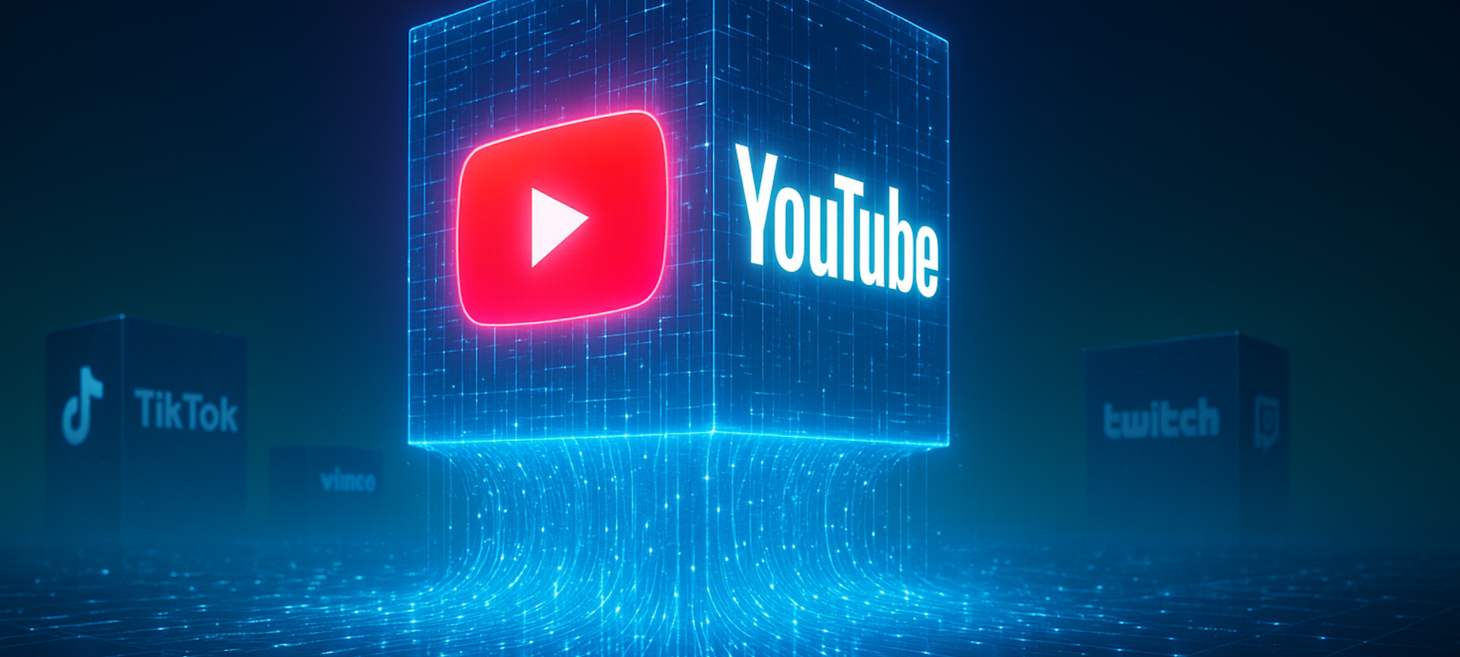
YouTube dominates AI search with 200x citation advantage: Data
YouTube is cited 200x more than any other video platform in AI search results, according to new data from enterprise SEO platform BrightEdge. YouTube was:
- Cited 200 times more than any other video platform by ChatGPT, Perplexity, and Google’s AI products.
- Present across all platforms and essentially the only video source that matters.
- Competitors barely registered: Vimeo (0.1%), TikTok (0.1%), Dailymotion (0%), Twitch (0%).
- A top information authority, rivaling Mayo Clinic and Investopedia.

10 New YouTube Marketing Strategies With Fresh Examples For 2025
So, six out of 10 of your best practices for YouTube that worked 21 months ago need to be thoroughly revised.
For this year, here are 10 new YouTube marketing strategies – along with the latest tips, recent case studies, and fresh examples – that you should use while they’re at their peak in terms of effectiveness.
Search Engine Advertising (PPC)
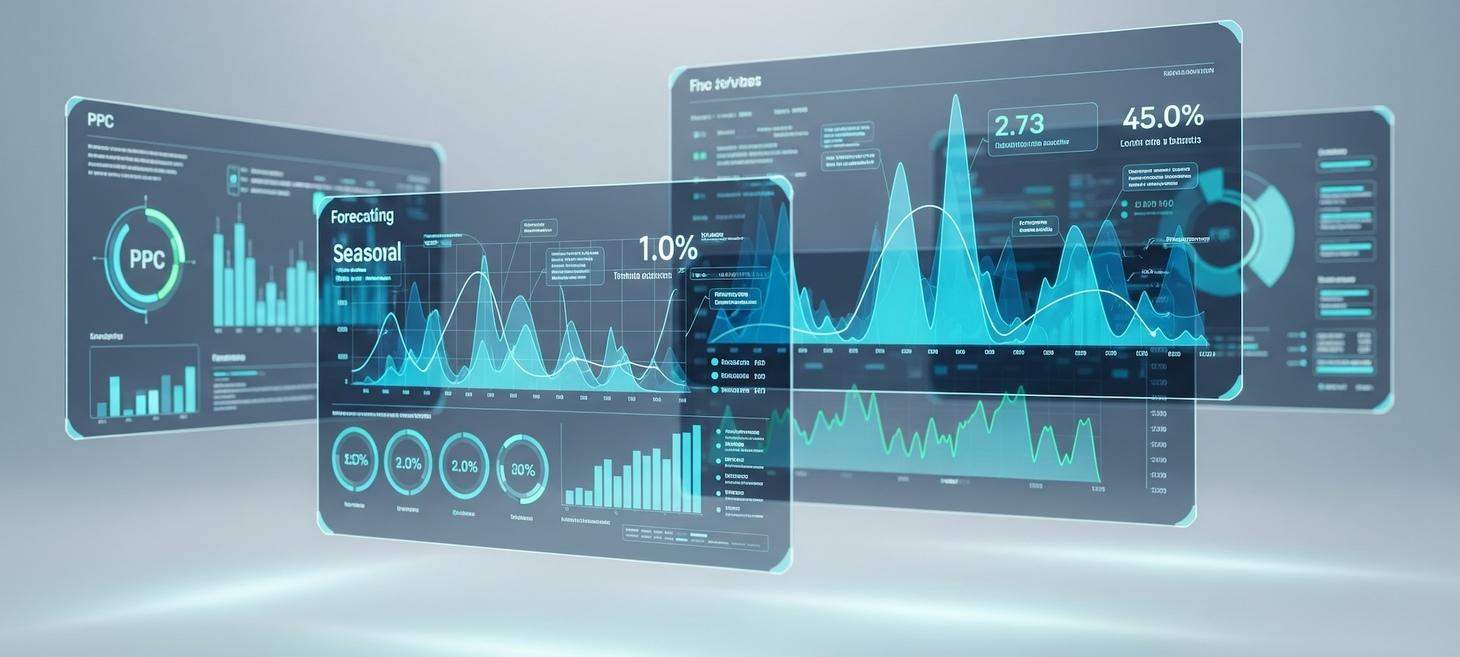
How to vibe code for PPC: Building a seasonality analysis tool
You’ve probably seen the headlines: Sam Altman recently announced that GPT-5 can write complete computer programs from scratch.
That’s pretty impressive!
For PPC marketers who have been struggling with the difficulty of writing Google Ads scripts, this may signal a shift in how we approach automation.
The idea that we can generate software from a simple conversation is no longer science fiction; it’s here.
But my “aha moment” wasn’t from a press release. It was from watching marketers on my team start building things themselves.
When software creation becomes that fast and personal, you can sometimes skip the things that make building software hard.
You don’t need user authentication or generalized use cases when you’re building on-demand software just for you.
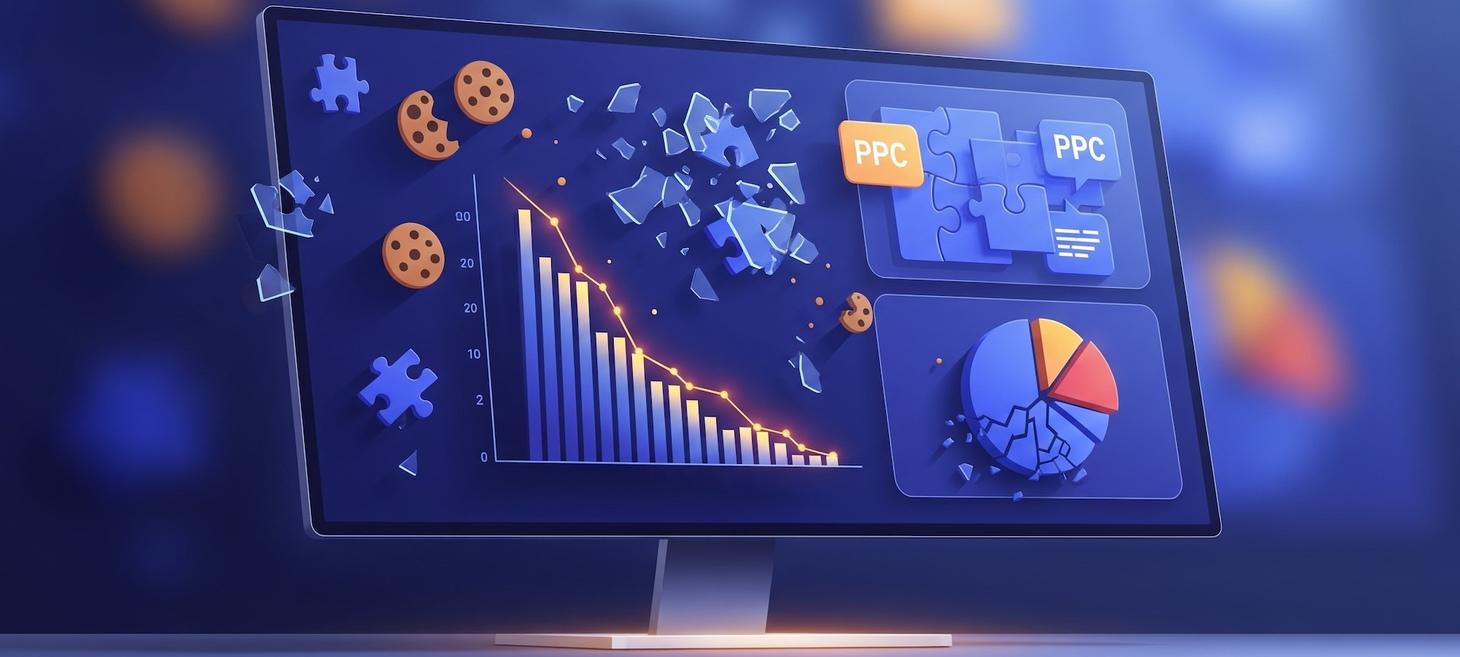
The end of easy PPC attribution – and what to do next
Marketing has never had more data – and never been more blind.
Third-party cookies are disappearing, ad platforms guard their insights, and reports are riddled with blind spots.
Privacy regulations like GDPR and CCPA, browser updates, and iOS changes have fractured tracking into pieces too small to give a full picture.
Meanwhile, the customer journey is anything but linear. Google calls it the “messy middle” – a web of touchpoints across search, social, email, ads, events, and more.
An ecommerce customer might have six meaningful interactions before buying. In B2B, that number can climb to 60+ across multiple channels, per Dreamdata.
Yet many attribution systems still distill all of this complexity into one lazy metric: the last click.
Google Ads (Search Network)

How AI Mode Will Redefine Paid Search Advertising
Instead of sending people to a list of blue links, Google is using AI to generate answers and guide users through multi-step, conversational journeys. Ads are being pulled directly into these experiences, sometimes above or below AI summaries, other times embedded right inside them.
Google calls this a way to “shorten the path from discovery to decision.” For advertisers, it means budgets are being funneled into surfaces that look and act very different from the SERPs we’ve optimized around for years.
The stakes are clear: If fewer people click through to websites, advertisers face tighter competition for attention, rising CPCs, brand safety concerns, and limited transparency into where money is going.
Marketing leaders can’t afford to treat AI Mode as a side experiment. This is the future of Google search, and your ads will either adapt to it or be left behind.
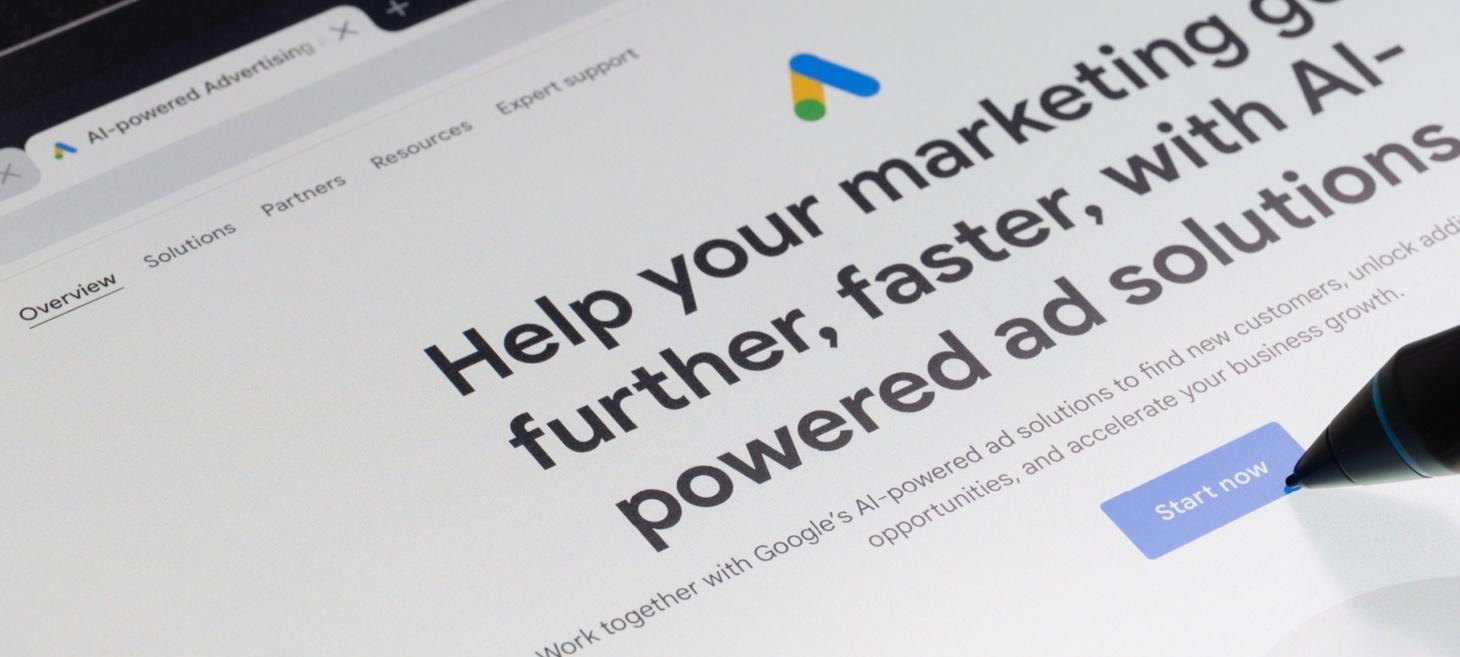
Google Ads streamlines scripts documentation
Google has refreshed its Ads scripts documentation to make it easier for advertisers and developers to build, test, and customize automations.
Why we care. Scripts help advertisers save time and scale campaigns, but the old documentation was clunky and fragmented. The overhaul puts guides, references, and examples into a more intuitive flow that reduces friction for both beginners and power users.
Microsoft Ads (Bing Search Network)

Microsoft clarifies nonprofit ad grant program status
Microsoft Ads Liaison Navah Hopkins confirmed that the company’s Ads for Social Impact program, which grants nonprofits ad credits across Microsoft’s ad inventory, is currently on a waitlist.
Why we care. The program gives nonprofits free ad credits to reach audiences across Bing, Outlook, MSN, Microsoft Edge, and even Yahoo and AOL via syndicated partners. With no strict feature requirements, charities can apply the credit to strategies that best fit their goals, while also accessing training and optional AI tools for creative support.

Microsoft Ads launches Supplemental Feeds to streamline product updates
Microsoft Advertising is rolling out Supplemental Feeds globally, giving merchants a faster, more flexible way to update product details without re-uploading entire catalogs.
Merchant Centre
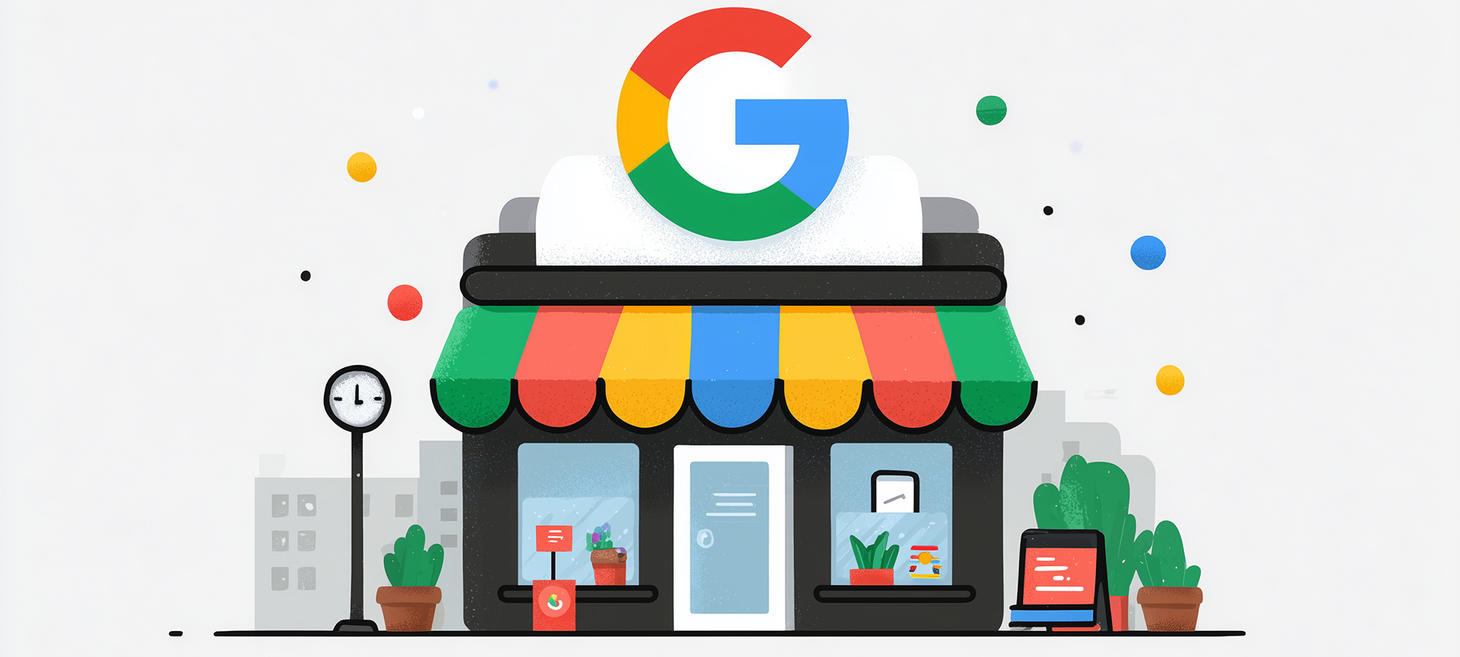
Google adds new store widgets for your website
Google has added two new widgets that e-commerce merchants can add to their websites, these are called “store widget.” Google previously had the Top Quality store widget but added two more.
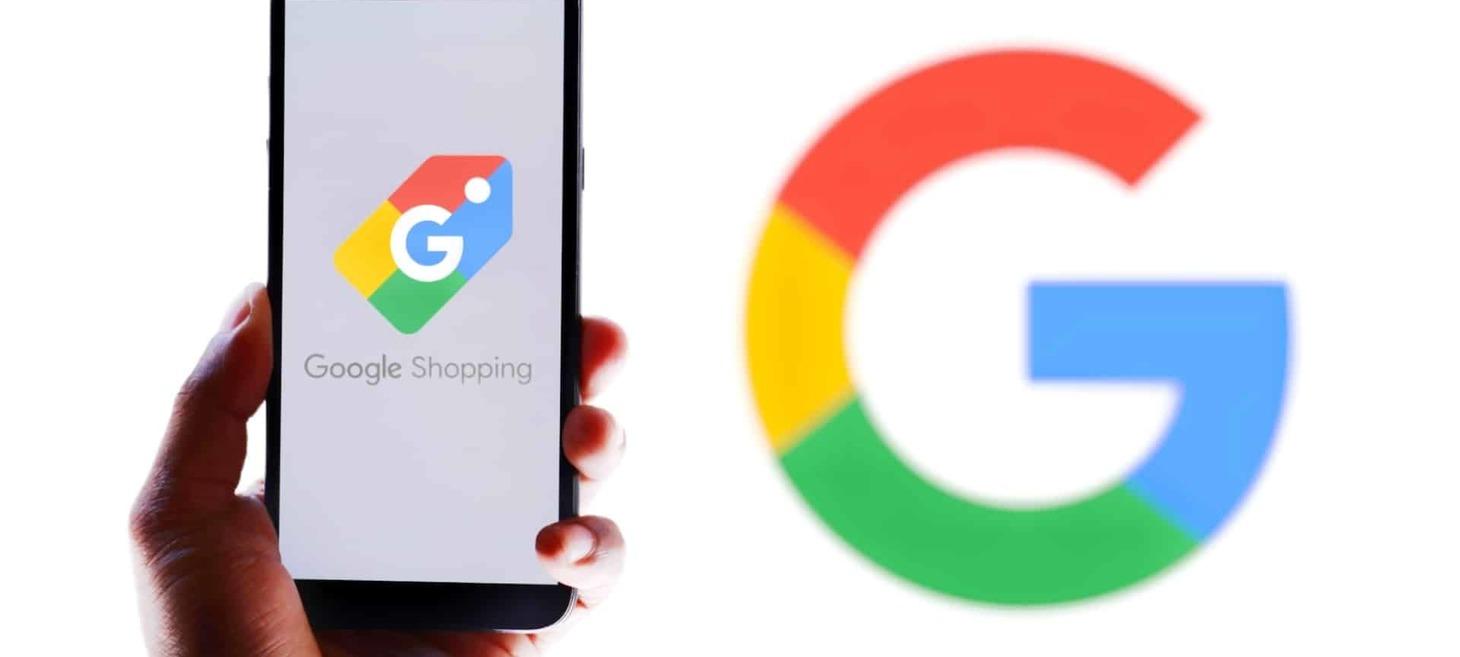
Google tests Brand Profiles in Merchant Center Next
Google is piloting Brand Profiles in Merchant Center Next, giving retailers a fresh way to showcase their story, values, and promotions directly in Search results.
Demand Gen Ads
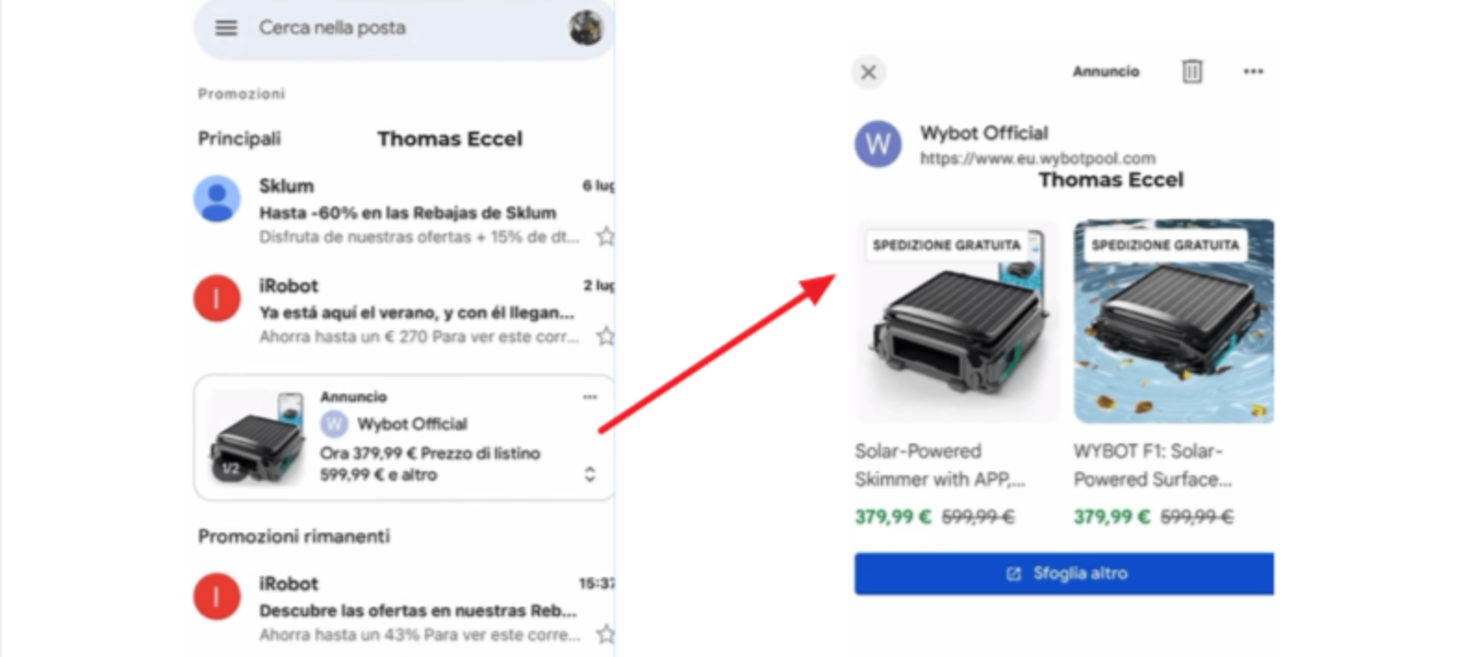
Gmail tests Demand Gen ecommerce ads in promotions tab
Google is experimenting with a new Gmail ad format that turns the Promotions tab into a mini shopping experience.
What’s new. A visually rich ad unit appears in the Gmail Promotions tab. The ad showcases a featured product (image + brand) upfront. On click, it expands to show multiple product tiles side-by-side, including: product image, name, price, average star rating, and promo labels such as “Free shipping.”
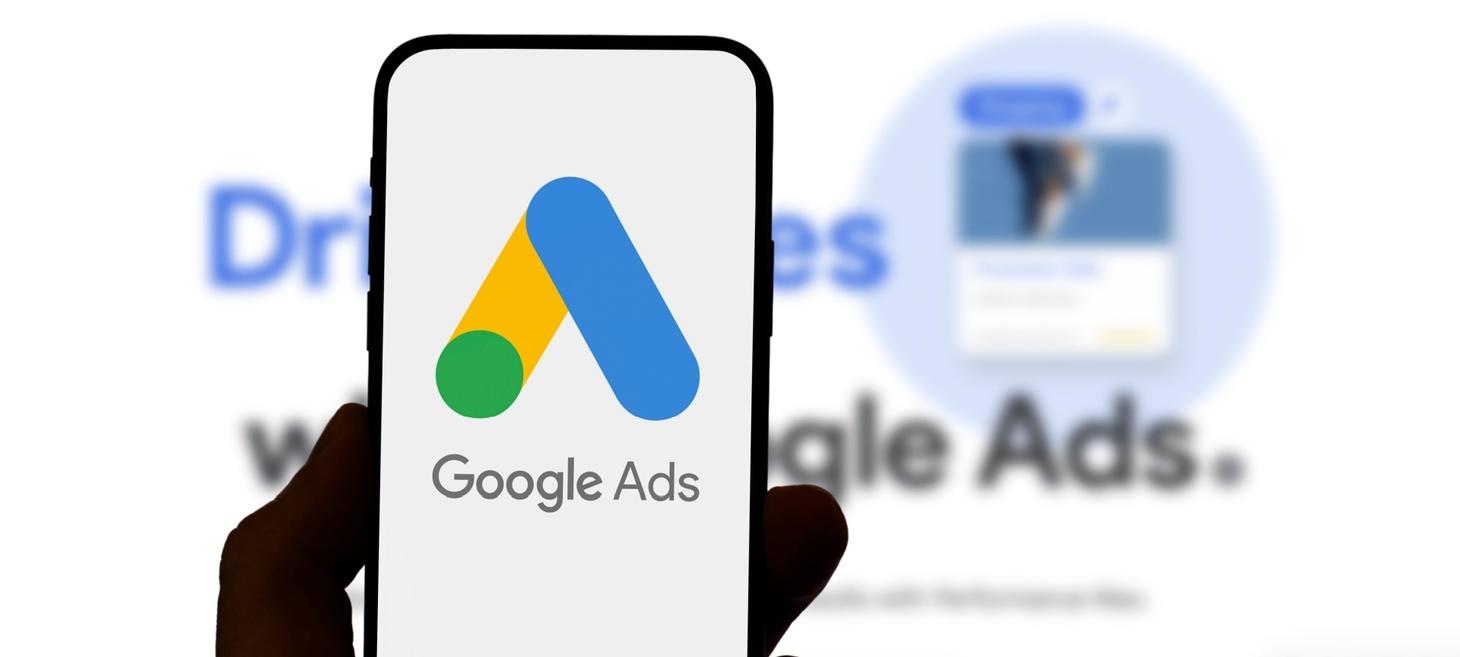
Google pushes Demand Gen deeper into performance marketing
Google Ads’ Demand Gen campaigns – once thought of as mid-funnel discovery tools – are evolving into full-funnel, conversion-focused campaigns, with YouTube at the core.
AI-Driven Search
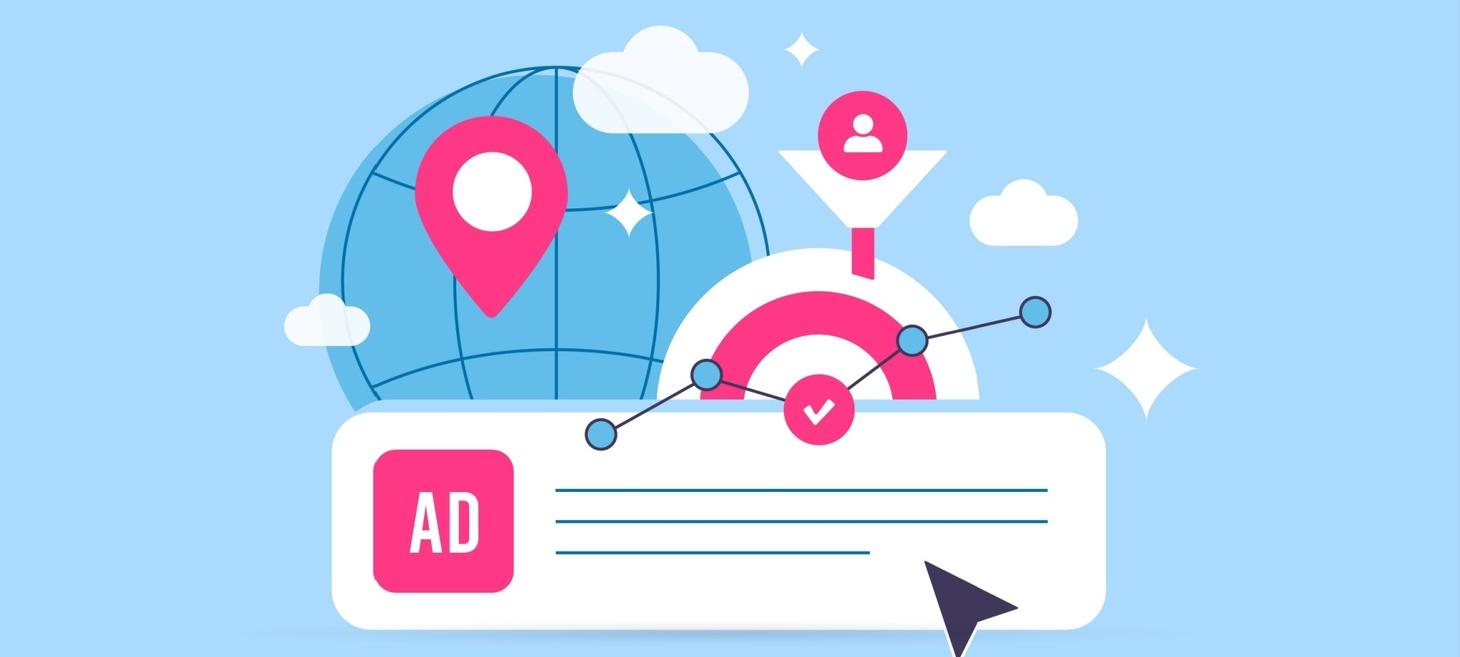
What AI means for paid media, user behavior, and brand visibility
AI isn’t just tweaking paid media – it’s transforming it.
What was once background automation is now driving entire campaign types and reshaping how users discover brands.

Looking beyond AI: 9 marketing principles that will always matter
I has fundamentally changed how people search and engage with information online.
Features like AI Overviews may boost visibility, but they’ve also reduced clicks, leaving many websites with less traffic despite stronger rankings.
Discovery no longer happens in just one place.
It’s fragmented across search engines, social platforms, paid ads, and AI tools, creating a complex user journey that’s harder than ever to track.
As behavior shifts with these new technologies, search marketing is evolving in response.
Yet while the platforms, tools, and touchpoints keep changing, the core principles of effective marketing remain the same.
Marketers who stay grounded in these fundamentals will be best equipped to adapt and grow.
Here are nine timeless marketing principles that will hold steady – no matter how search evolves.
Search Intent
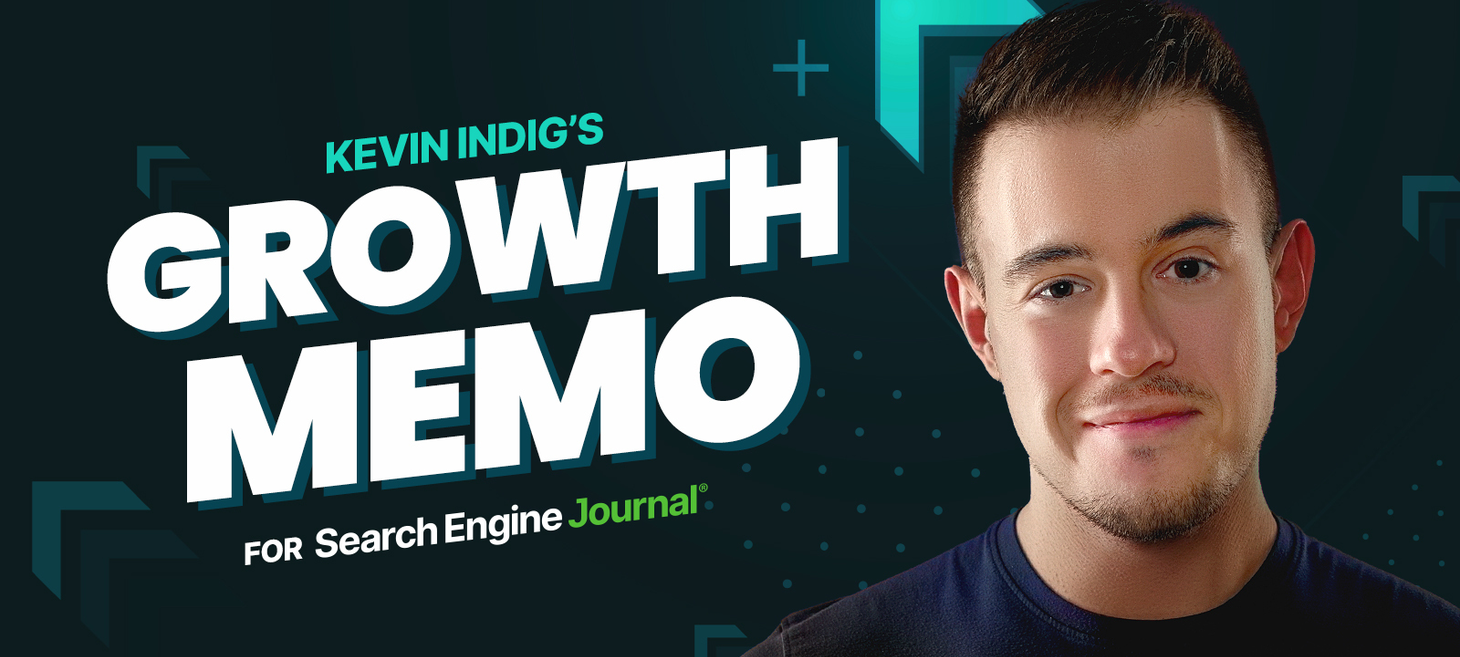
Keywords Are Dead, But The Keyword Universe Isn’t
Today’s Memo is a full refresh of one of the most important frameworks I use with clients – and one I’ve updated heavily based on how AI is reshaping search behavior…
…I’m talking about the keyword universe. 🪐
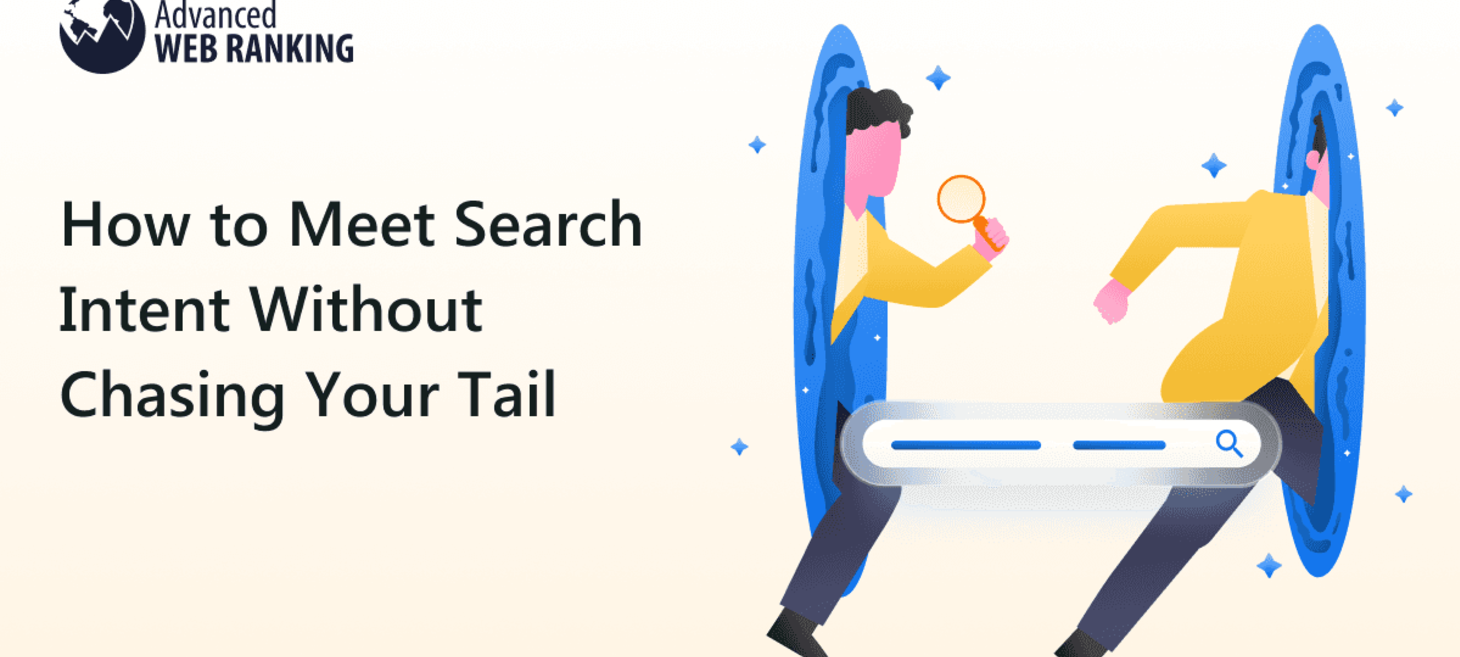
How to Meet Search Intent Without Chasing Your Tail
Remember when SEO shifted from being all about keywords to being all about intent? That was a game-changer. Suddenly, it wasn’t just “Can we rank?” but “What does the searcher actually want?” Are they looking for information? A product? A brand? A how-to?
At first, it was simple: informational or transactional. But over time, search intent became more nuanced and more interesting.
Content Marketing
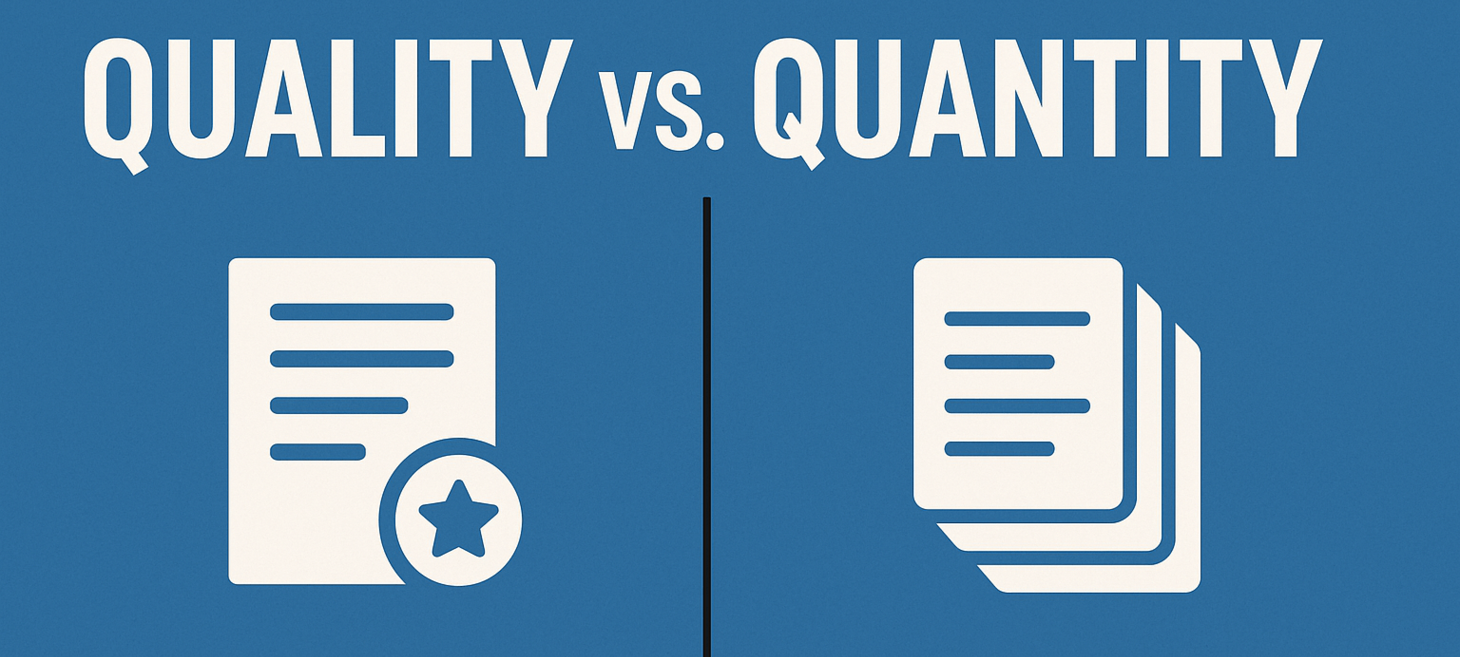
The Content Creator's Dilemma: Quality vs. Quantity
You’ve heard it from clients, C-Suite, and sometimes even other marketers: “We need to publish more. Post every day. Launch 50 blog posts this quarter.” You’ve probably asked yourself, “Does that even work anymore?”
The answer? It depends on how you define “work.”
If your idea of success is sheer output, sure. If you’re aiming for traffic that converts, pages that rank long-term, and content that genuinely helps your audience, then that approach falls apart quickly.
This is the dilemma I’m talking about: Is it better to produce a large volume of content or to focus on fewer, higher-quality pieces? Spoiler: the answer involves fewer headaches, better performance, and fewer “content cleanups” six months from now.

8 Content Frameworks and Approaches that Make Messy Ideas Look Intentional
When your content doesn’t land, it’s often not because of the topic. It’s the structure.
Structure determines how a piece of writing unfolds—what gets revealed first, how tension builds, and where the insight lands. It turns scattered ideas into form. A strong content framework makes your writing tighter, more focused, and easier to follow—without your target audience needing to reread to keep up.
If you work in content marketing, UX, or digital strategy, the right structure supports your ideas and business objectives, drives audience engagement, and creates space for valuable insights to land where they’ll stick.
This article outlines eight frameworks used by journalists, strategists, UX writers, and essayists. Each one addresses a different kind of structural problem and solves a different type of structural challenge—whether you're drafting blog posts, shaping social media content, or building out a full content marketing strategy.
Digital PR / Link Earning
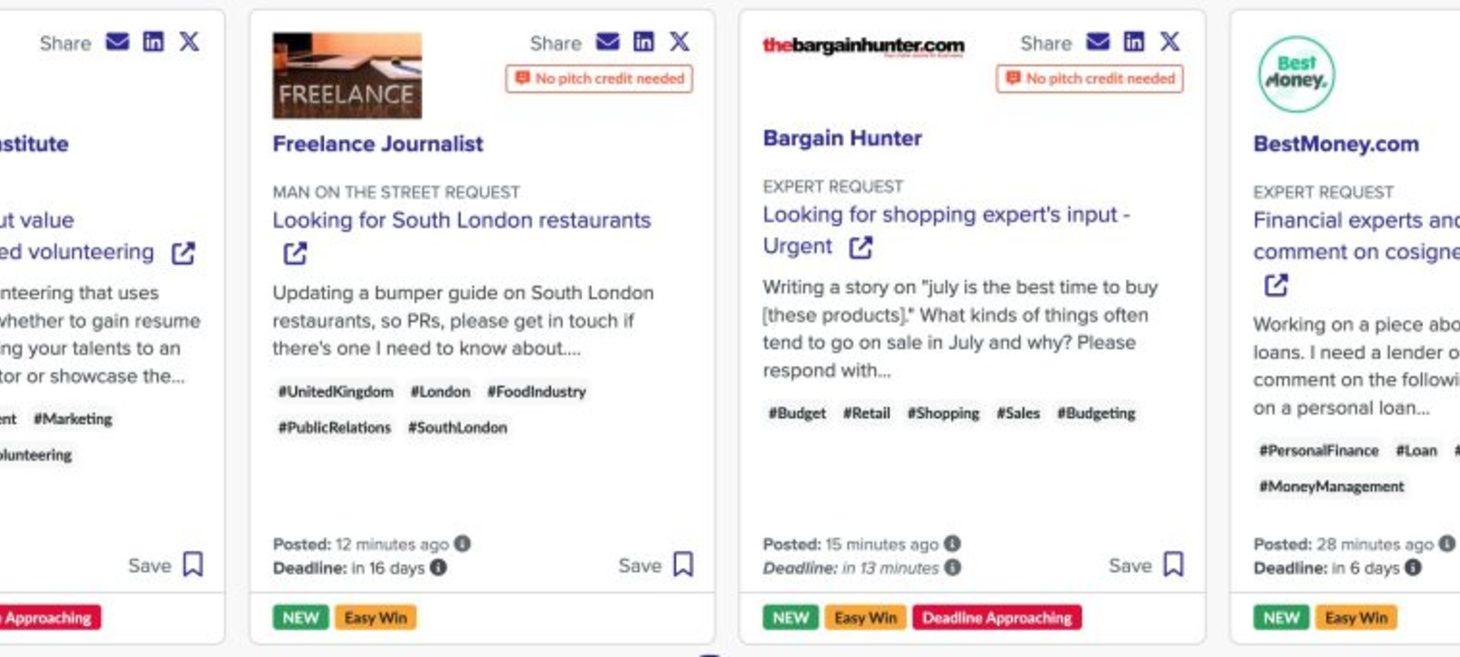
Digital PR for Link Building: Beginner's Guide for 2025
Digital PR aims to boost visibility, authority and discoverability online through media coverage, brand mentions, and high-quality links. When used strategically, it’s also one of the most powerful white-hat link building methods you can use to build links that boost your website’s SEO.
Unlike traditional link building, which often involves manual outreach or paid placements, digital PR link building makes your brand part of the online conversation. It combines traditional public relations tactics with SEO goals to earn links by inserting your brand, insight, or content into places where journalists and publishers are already creating value for their audience.
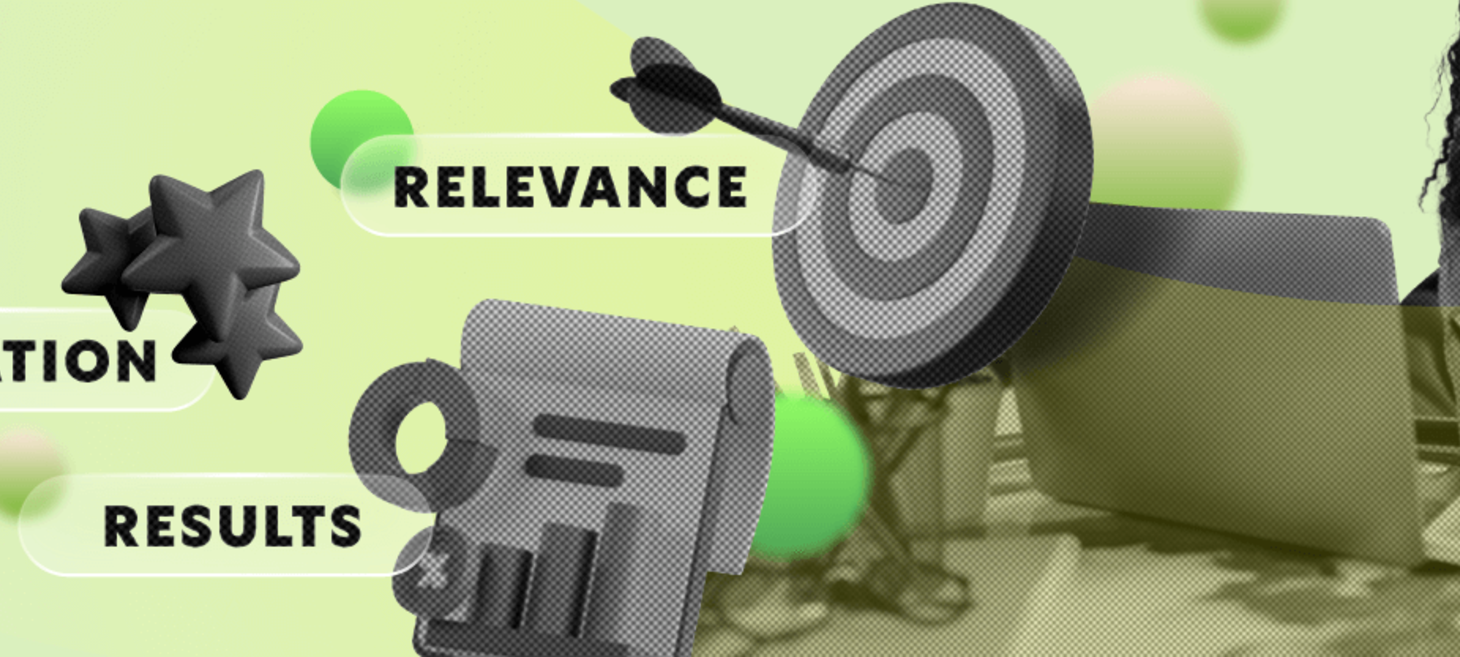
Ethical Storytelling in PR: Relevance, Reputation, Results
In today’s age of ever-increasing competition, technological advancements and abounding misinformation, a strong PR strategy is founded on authentic, well-researched content, ensuring the narrative informs the public rather than manipulates it.
But this is not always the case. Digital PR has gained a bit of a bad reputation over the years with click-bait style headlines, irrelevant content at odds with clients’ expertise, questionable data studies and prioritising securing links above everything else.
Instead, every good digital PR professional should be focused on ethical storytelling, protecting both the client’s brand (and your own) with engaging and relevant campaigns.
Lead Generation
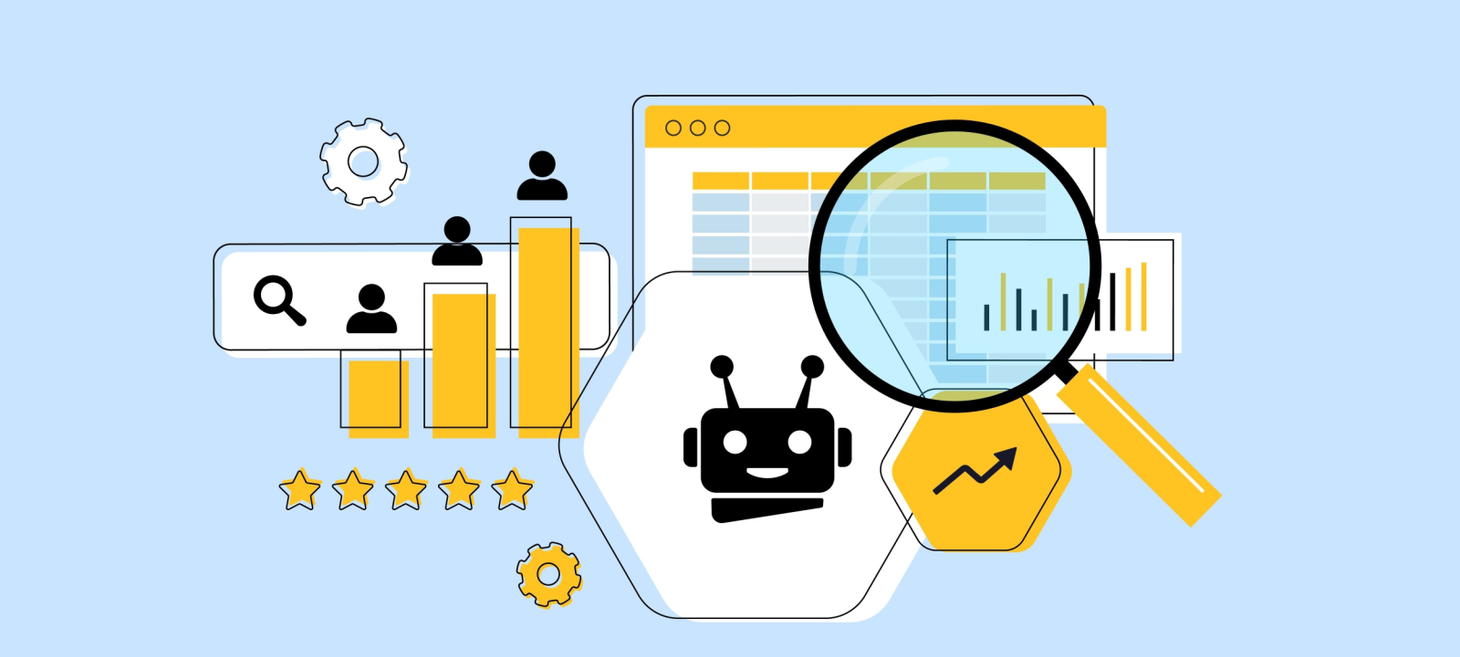
How To Leverage AI To Modernize B2B Go-To-Market
In a post “growth-at-all-costs” era, B2B go-to-market (GTM) teams face a dual mandate: operate with greater efficiency while driving measurable business outcomes.
Many organizations see AI as the definitive means of achieving this efficiency.
The reality is that AI is no longer a speculative investment. It has emerged as a strategic enabler to unify data, align siloed teams, and adapt to complex buyer behaviors in real time.
AI hype vs. SEO reality: What actually drives leads and revenue
Your CEO just forwarded you another LinkedIn post claiming “AI killed SEO overnight.” Your client is panicking about ChatGPT stealing their traffic. And you’re wondering if you should throw out everything you know about search optimization.
The real story isn’t that AI is replacing traditional SEO, it’s that Google organic search still drives the overwhelming majority of traffic, leads, and revenue for most businesses.
While everyone’s chasing AI optimization “hacks” and worrying about the latest algorithm changes, the fundamentals that built your search success remain your best investment for actual business results.
The challenge isn’t choosing between traditional SEO and AI optimization. It’s maintaining the right balance, staying informed about AI developments while keeping the majority of your investment focused on what actually moves business metrics today.
